Introduction
Ensuring the reliability and robustness of web applications is crucial in delivering a positive user experience. Blazor, Microsoft’s cutting-edge web framework, introduces unique considerations for testing due to its component-based architecture and integration with C# and .NET. In this article, we’ll explore effective testing strategies for Blazor applications, covering unit testing, integration testing, end-to-end testing, and best practices to ensure the quality and stability of your applications.
1. Unit Testing in Blazor:
a. Testing Components:
- Write unit tests for individual Blazor components to verify their behavior and logic.
- Utilize testing frameworks like xUnit or NUnit for creating and running unit tests.
b. Mocking Services:
- Use mocking frameworks (e.g., Moq) to isolate components and mock services during unit testing.
c. Testing Lifecycle Methods:
- Test component lifecycle methods (e.g.,
OnInitialized,OnParametersSet) to ensure they are executed correctly.
2. Integration Testing in Blazor:
a. Testing Component Interactions:
- Perform integration tests to verify the interactions between different Blazor components.
- Ensure that components work seamlessly together and handle data flow appropriately.
b. Integration with Services:
- Test the integration between Blazor components and services to validate proper communication and data exchange.
c. State Management Testing:
- Verify the behavior of state management mechanisms, such as cascading parameters, during integration tests.
3. End-to-End Testing in Blazor:
a. Using Testing Libraries:
- Employ end-to-end testing frameworks like Selenium or Playwright to simulate user interactions with your Blazor application.
b. Scenario-Based Testing:
- Develop test scenarios that cover common user workflows to ensure the application works as expected from a user perspective.
c. Browser Compatibility Testing:
- Perform end-to-end tests across different browsers to verify cross-browser compatibility.
4. Snapshot Testing:
- Use snapshot testing tools like
bUnitto capture and compare rendered HTML output of components. - Ensure that UI components maintain their expected structure and appearance.
5. Data and API Testing:
a. Mocking API Responses:
- Mock API responses during testing to simulate various scenarios, including success, error, and loading states.
b. Data Validation:
- Validate the accuracy and integrity of data displayed in the user interface by comparing it with expected values.
6. Continuous Integration (CI) and Continuous Deployment (CD):
- Set up CI/CD pipelines to automate the testing and deployment processes.
- Run automated tests in the CI/CD pipeline to catch issues early in the development lifecycle.
7. Load and Performance Testing:
- Conduct load and performance testing to assess how your Blazor application performs under different user loads.
- Identify and address performance bottlenecks to ensure optimal user experiences.
8. Best Practices for Testing Blazor Apps:
a. Test-Driven Development (TDD):
- Consider adopting a Test-Driven Development approach to write tests before implementing new features.
b. Isolation of Tests:
- Ensure that tests are isolated and do not depend on the state or behavior of other tests.
c. Regular Test Maintenance:
- Keep tests up-to-date as the application evolves, updating them to reflect changes in functionality.
d. Documentation of Tests:
- Document the purpose and expected behavior of tests to facilitate understanding and maintenance.
Conclusion:
Testing Blazor applications requires a strategic and comprehensive approach, encompassing unit tests, integration tests, end-to-end tests, and more. By adopting effective testing strategies and best practices, developers can build and maintain robust, reliable, and high-quality Blazor applications. As you integrate testing into your development workflow, prioritize early testing, automate repetitive tasks, and continuously refine your testing processes to ensure the ongoing success of your Blazor projects.


